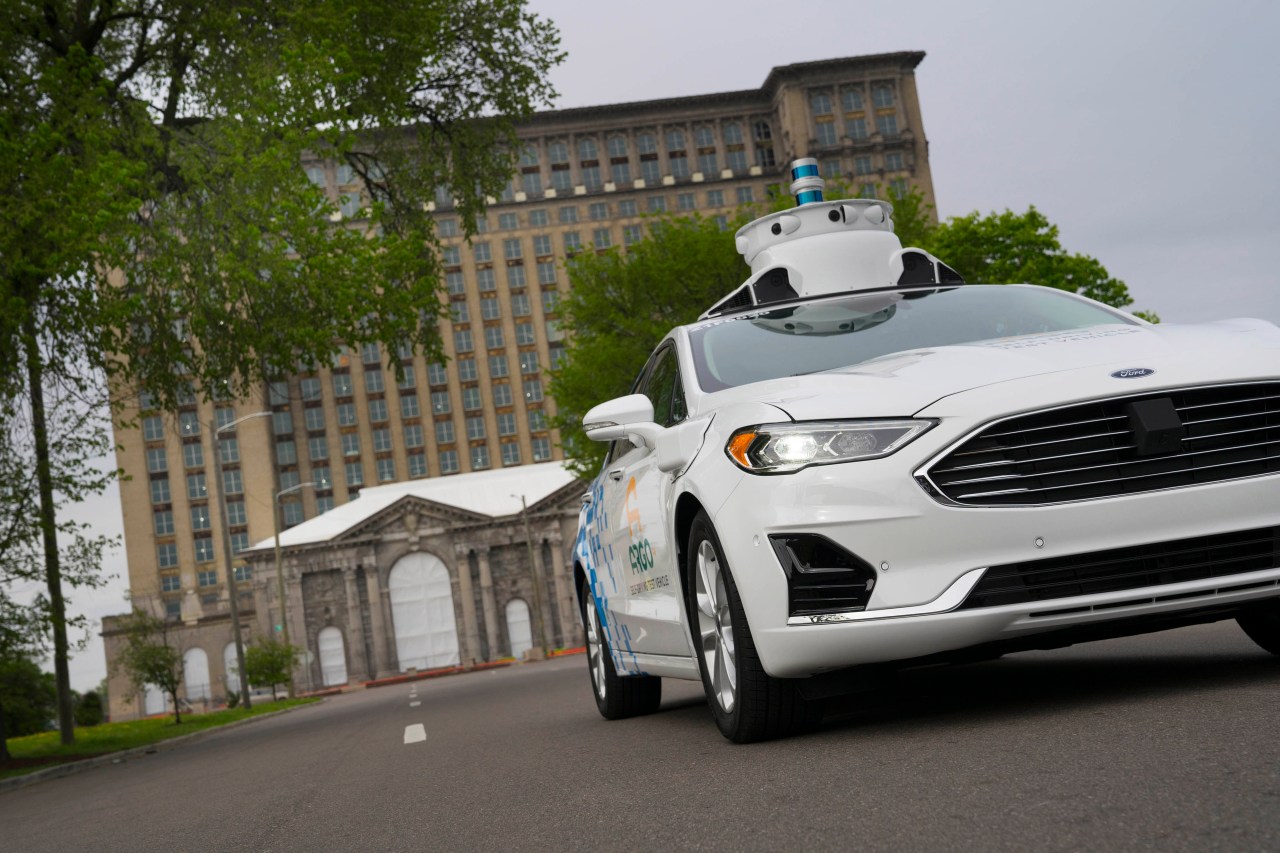In the dynamic world of technology, few sectors are as exciting and fast-paced as artificial intelligence (AI). The journey for AI startups has historically been challenging, especially when it comes to understanding their economic viability. New insights suggest that these companies may experience a shift towards improved economics in the years to come. Let’s dive into the underlying trends impacting AI startups and why they are poised for a surge in profitability.
The Current State of AI Startups
AI startups, while promising, have often been compared to Software as a Service (SaaS) companies in terms of their gross margins. While SaaS companies dominate the landscape with some of the highest gross margins—largely due to low operational costs—the same cannot be said for their AI-focused counterparts. Historically, many experts have projected that AI startups would enjoy lower gross margins than SaaS businesses. However, recent discussions within the venture capital community indicate a potential reversal of this trend.
Learning Curves and Historical Context
Investor David Blumberg from Blumberg Capital highlights an essential factor driving the potential for improving AI margins: learning curves. Throughout history, industries have exhibited a pattern where increased efficiency inevitably leads to reduced costs. For example, the automotive industry saw significant advancements in production efficiency through automation, which suggests a strong precedent for AI technology as well.
- Automation: As more AI startups focus on automating processes, the costs associated with development and distribution are likely to decline.
- Innovative Technologies: Emerging AI methodologies and tools can lower the cost of goods sold (COGS), enhancing gross margins.
- Hardware Production: Startups that take control of their own hardware may see improved economies of scale, which also contributes to better margins.
Understanding AI’s Dual Categories
Another layer to this discussion is differentiating between “AI-heavy” and “AI-light” startups. While companies like Waymo dive deep into complex AI applications such as autonomous driving, others, like Fundbox, provide machine learning-driven solutions for small business loan decisions. The latter category may naturally gravitate towards higher margins due to their less resource-intensive nature.
This distinction highlights the fact that not all AI startups are created equal, and as technology evolves, it is possible for AI-light startups to achieve profitability more rapidly than their AI-heavy counterparts. As the market continues to mature, we may witness a shift where AI startups achieve gross margins that rival or even surpass those of SaaS businesses.
Looking Ahead: The Future of AI Startups
While investors remain cautiously optimistic about the long-term outlook for AI startups, it is clear that several factors point towards improving economic conditions. As older narratives are reassessed, the potential for AI companies to achieve gross margins comparable to SaaS firms becomes increasingly plausible. Blumberg suggests that it may take time, but as AI technology and its applications evolve, we will see a convergence in the margins between these two sectors.
Conclusion: A Promising Horizon
In summary, as we look towards the future, AI startups appear poised for improved economic conditions, thanks to technological advancements and a deeper understanding of their operational efficiencies. The plight of lower-than-SaaS gross margins may soon be a relic of the past, paving the way for AI startups to take their rightful place in the tech economy.
At fxis.ai, we believe that such advancements are crucial for the future of AI, as they enable more comprehensive and effective solutions. Our team is continually exploring new methodologies to push the envelope in artificial intelligence, ensuring that our clients benefit from the latest technological innovations.
For more insights, updates, or to collaborate on AI development projects, stay connected with fxis.ai.

